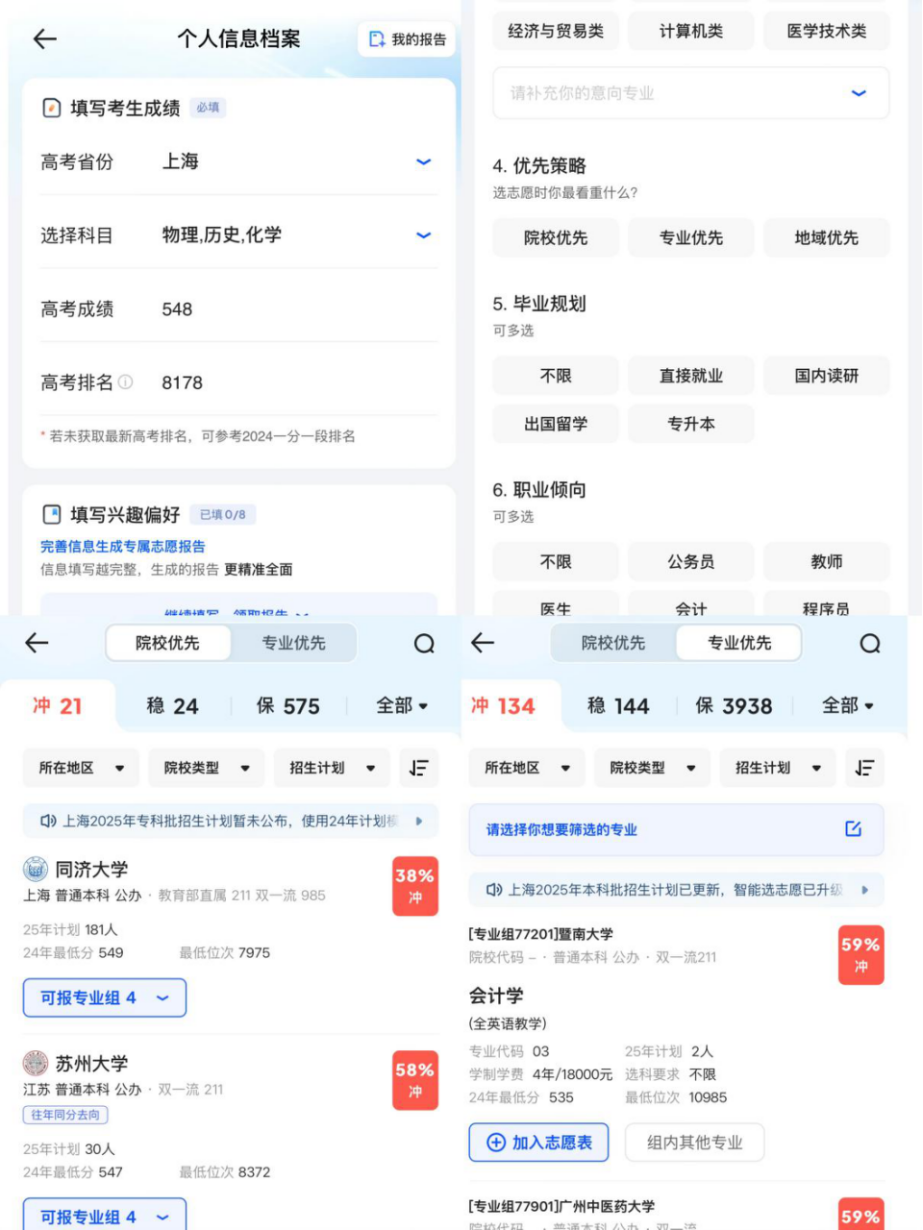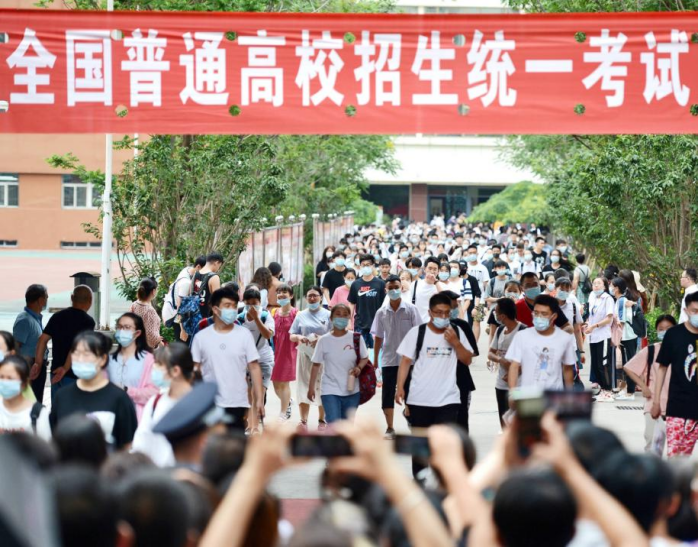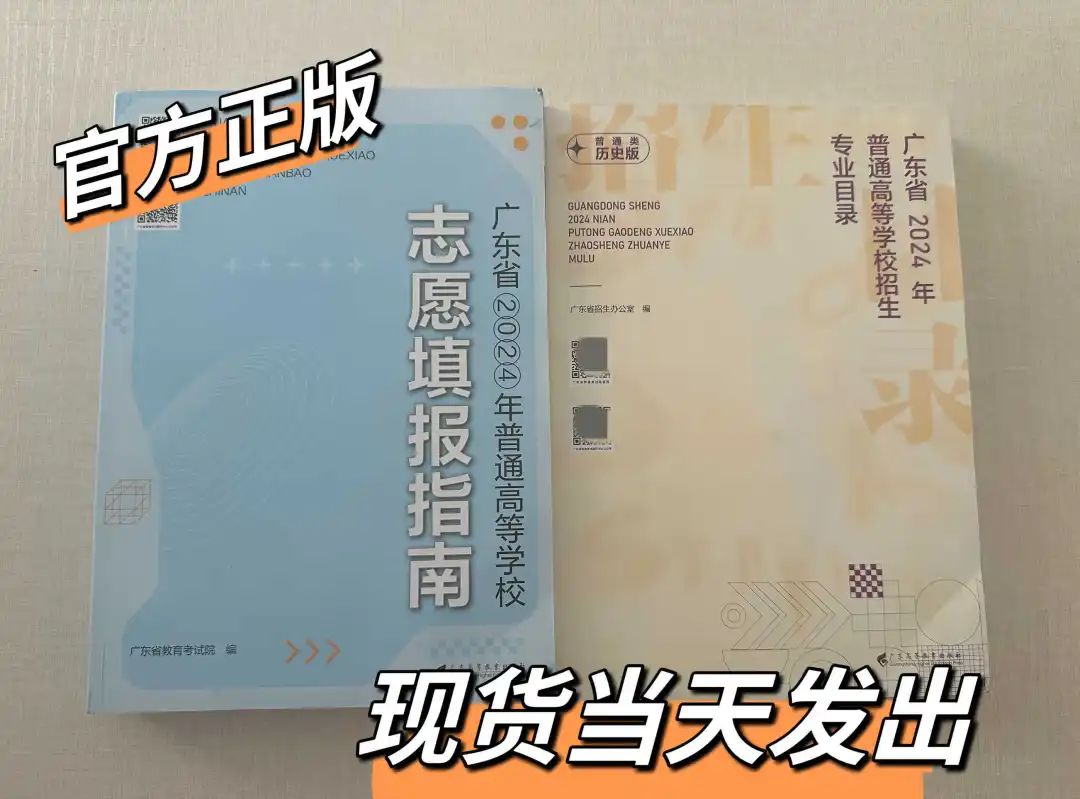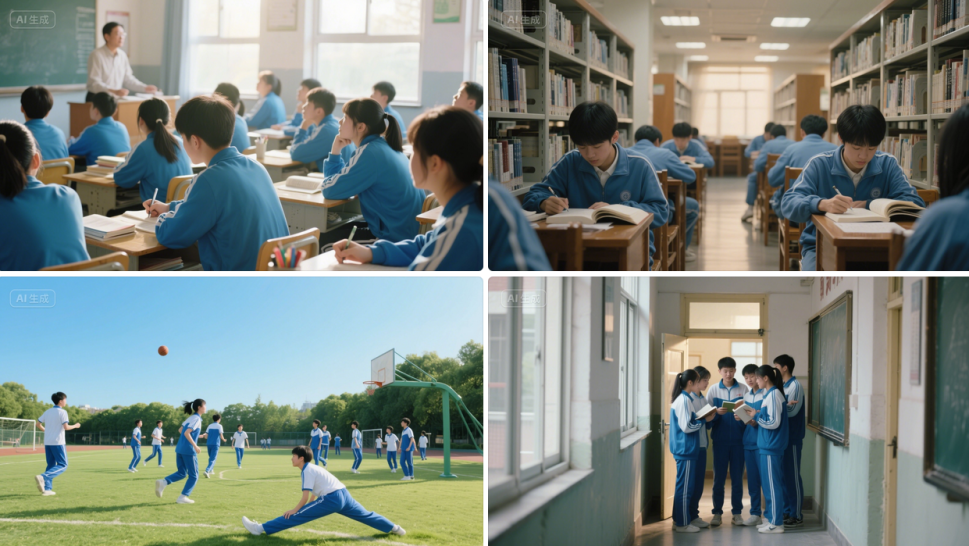Can AI Replace Zhang Xuefeng in College Entrance Exam Volunteer Filling? Assessing Its Reliability
![]() 06/27 2025
06/27 2025
![]() 658
658

In 2025, the nationwide tally of college entrance exam applicants stood at 13.35 million.
These 13.35 million examinees soon confront the challenging task of selecting schools and majors.
Some advocate that "choice trumps effort," while others believe "exams account for three points, applications for seven." Coupled with internet memes such as "convincing someone to study medicine is cursed by heaven," "journalism is dead," "top students enter finance but graduate unemployed," and "civil engineering and architecture are the tears of the times," filling out college entrance exam volunteer forms has become a "headache" for many examinees and parents.

Image generated by AI
Faced with over 2,000 ordinary colleges and universities and more than 1,000 majors, how can one make a choice without regret? Is the currently popular AI volunteer filling service reliable? And can institutions like "Zhang Xuefeng," which charge up to 10,000 yuan for volunteer guidance, be fully trusted?
High Demand for Auxiliary Volunteer Filling
According to Baidu data, after the release of last year's college entrance exam results, on June 25 alone, over 10 million users utilized AI volunteer assistants to aid in filling out their forms.
In today's era of AI technology explosion, opening any browser and navigating to the "college entrance exam" section often reveals an AI volunteer assistant offering related services. Simply input your college entrance exam scores, and it will automatically recommend universities and majors you can apply for, and even assist in generating a volunteer form.

Source: Quark
Taking Quark as an example, the author filled in a set of college entrance exam information as a "Shanghai examinee" with subjects of "Physics, History, Chemistry" and a score of 548, ranking 8178. The system generated a volunteer filling recommendation report.
In this process, examinees have eight options to fill in their preferences, including target universities, regional preferences, major preferences, priority strategies, graduation plans, career tendencies, tuition preferences, and other information.
The results for "University Priority" and "Major Priority" are both divided into three levels: "Rush," "Stable," and "Safe." "University Priority" recommends nearly 600 universities in total, while "Major Priority" recommends over 4,000 options.
Judging solely from the plans provided by AI, at least the information is comprehensive, and the plans are generated swiftly, almost "instantaneously." It's no surprise that more and more examinees and parents choose to use AI as an essential tool for filling out college entrance exam volunteer forms, and there are an increasing number of tools available on the market.
Currently, the AI volunteer filling tools favored in the market are mainly divided into the following categories. Firstly, AI volunteer assistance products launched by leading internet companies on search engine ends, such as Quark, Baidu, QQ Browser, Douyin, etc., have all introduced AI volunteer filling assistant functions. Users only need to search for college entrance exam-related content, and such AI services will be automatically pushed on the homepage.
Secondly, AI college entrance exam volunteer filling tools developed by various data information service enterprises, presented in a rich and diverse form, covering apps, WeChat mini-programs, and other platforms. Most products are paid services, with price ranges varying from 98 yuan to 980 yuan.
Thirdly, AI college entrance exam volunteer filling platforms launched under official guidance. For example, the Ministry of Education's "Sunshine College Entrance Exam" information platform has been officially put into use and is freely open to college entrance examinees. Relying on big data resources such as enrollment data, employment information, survey results, and evaluation analysis, the platform can provide services such as volunteer recommendations, detailed professional introductions, psychological evaluation analysis, and employment destination and prospect inquiries.
In addition to these online platforms, what was more popular in earlier years were offline volunteer filling institutions in the style of "Zhang Xuefeng," which focused on real-person, one-on-one services, and years of filling experience, often charging tens of thousands of yuan.

Source: Internet
Taking Zhang Xuefeng as an example, during last year's college entrance exam season, Zhang Xuefeng's live stream offered two tiers of college entrance exam volunteer filling services at 11,999 yuan and 17,999 yuan, and the 20,000 spots were snapped up immediately, leaving behind the legend of "earning 200 million yuan in 3 hours."
This year, a week before the college entrance exam, Zhang Xuefeng announced that he "may" stop broadcasting. However, in reality, Zhang Xuefeng recently announced that he would conduct 15 consecutive live broadcast sessions for enrollment inquiries from June 15th to 30th, at 19:30 every night on a certain platform, meaning that Zhang Xuefeng will "return" for this year's college entrance exam. The prices of the above two services increased by 1,000 yuan this year, and most provinces sold out within 20 minutes of going on sale.
In fact, it's not new for filling out college entrance exam volunteer forms to become a business.
For instance, previously reported by the media, New Oriental's college entrance exam volunteer service has two charging standards of 6,590 yuan and 7,500 yuan, with the difference lying in the number of services. The 6,590 yuan option includes only one face-to-face consultation of no less than 90 minutes, while the 7,500 yuan option allows for 4-5 face-to-face consultations before filling out the volunteer form. The institution has over 30 enrollment consultants, and none of the enrollments are guaranteed.
However, the current industry is mixed, and not all institutions are like "Zhang Xuefeng" or New Oriental. Some media have reported that many so-called "college entrance exam volunteer planning teachers" are newcomers to the industry, and some are even part-time practitioners who are trained for a few months or even less before taking up their posts.

Image generated by AI
This has also led parents to have doubts while spending money: Is this money well spent? Which is more reliable, AI filling or high-priced institutions?
Volunteer Filling Is Complex, and AI Reduces the Information Gap
The reasons behind why parents and examinees rely so heavily on institutions and AI are multifaceted, but the logic is straightforward.
The current implementation of the new college entrance exam reform has made the choice of college entrance exam volunteers more complex.
The so-called new college entrance exam reform replaces the original liberal arts and science division with a self-selected subject model of "3+3" or "3+2+1."
This has led to different restrictions for different majors and universities due to the different subjects chosen by examinees. For example, many majors require the study of physics and chemistry, while some majors do not accept those who study history and biology. This also means that the policies for university enrollment and volunteer filling are more diverse, professional, and complex, reaching "epic" difficulty levels.

Image generated by AI
Like this year, not only has the number of parallel volunteers been increased to 45, but within each university professional group volunteer, up to 6 professional volunteers can be filled out.
The increase in the number of volunteers has resulted in most provinces having over 80 volunteers, such as Guizhou with 96 and Liaoning with even 112. It should be noted that before the new college entrance exam reform, the maximum number of volunteer applications in Liaoning was only 36.

Source: Internet
Therefore, when faced with two thick volumes, totaling over a thousand pages, of the "Volunteer Application Guide" and the "Directory of Admission Majors for Ordinary Colleges and Universities," how to arrange the "optimal solution" among them is also a source of anxiety for many examinees.

Source: Internet
Many examinees and parents believe that rather than flipping through and arranging page by page, it is better to use AI tools for help or seek the assistance of professional institutions to save time and effort.
Moreover, for examinees and parents in mountainous areas, who have limited cognition and resources, inexperienced parents, and the first university student in the family, filling out volunteer forms is almost like guessing in the dark.
Therefore, for families who cannot afford the high fees of institutions, using AI to reference volunteer filling is equivalent to technological equity and a form of inclusive technology.
Dialectical Use: AI Cannot Be Fully Trusted
Undoubtedly, the advantages of AI volunteer filling are evident.
Examinees only need to enter key information such as the college entrance exam region, score, rank, and interest direction, and the system can quickly generate a college entrance exam volunteer information form covering recommended universities, majors, and admission probabilities. Even some college entrance exam volunteer planners use AI tools to assist in recommending plans for college entrance examinees, making the application process more scientific and effective.

Image generated by AI
This intelligent service not only greatly saves time and energy but also effectively bridges the information gap, avoiding blind applications due to information asymmetry, and providing examinees with more scientific and reasonable volunteer selection options.
It should be noted that when filling out volunteers, one should not fully trust AI.
After testing, the Chief Editor found that for the same scores and the same needs, using different AI systems for the admission rate of the same university, one AI system gave an admission rate of 29%, while another was as high as 99%. Moreover, the recommended volunteer filling results differed significantly, with one software providing thousands of university-major combinations, while another software only had two to three hundred options left.

Image generated by AI
In fact, the reason is that these AI software systems are based on the analysis, cleaning, and screening of previous years' data. Different data sources and prediction models will yield different results, and the completeness, authenticity, and timeliness of the data searched by AI are actually questionable.
Moreover, during the process of using AI, users train the AI model, and the system automatically generates different results based on the user's historical usage habits and preferences.
This means that simply using AI to guide volunteer filling involves too many variable factors, and the limitations of AI are still quite obvious.
Therefore, if AI tools are used to fill out volunteers, one should first have the right mindset and only use AI as an auxiliary tool, a preliminary screening tool, rather than a decision-making tool. It is recommended to use multiple AI tools simultaneously, compare them in depth, and then comprehensively consider the volunteer filling results output by AI.
In addition, it is recommended to start understanding the situation of the target school/target region early and find relevant alumni or relatives to learn more about the actual situation. This is also one of the reasons why manual college entrance exam volunteer filling services are still popular, as AI cannot fully grasp the social rules hidden behind public data.
Secondly, the Chief Editor suggests that there are generally several steps and ideas to choose suitable or satisfactory options among many seemingly viable ones:
1. Elimination Method
Place the options suggested by AI in front of you and gradually eliminate those you definitely will not consider. The fewer options that remain, the easier it will be for you to choose. Many times, you may not know what to choose, but you probably have a clear idea of what you definitely do not want.
2. Scoring Method
Set different weights for the selection factors (which vary from person to person), then score the remaining volunteer options after using the elimination method based on the weights, and determine the final target option based on the score ranking.
3. Consider how to fill out these options based on the rules for filling out volunteers, which may vary depending on the year and region.
For students with good scores, they may hesitate between ordinary majors at prestigious universities or good majors at ordinary universities. Here, the Chief Editor would suggest giving priority to prestigious universities, unless the region where the university is located is a geographical area you do not consider at all; because majors are not fixed for life, changing majors and directions is normal, but it is difficult to change universities, which determines your circle.
For students with average scores, if the selectable universities are not 985/211 universities, then priority can be given to the employment and major matching of the university/region. Some universities, although not well-known to the public, are strongly tied to employment in certain systems and therefore have certain advantages.

Having said so much, it doesn't matter if your chosen major isn't ideal. In the journey of personal development, the college entrance exam is merely one pivotal milestone, amidst the ever-evolving landscape of individual aspirations and societal shifts. Majors that were once overlooked can become sought-after in the future. Within universities, learning is a dynamic process, and there is an abundance of resources at your disposal. You can delve into any professional content that piques your interest.
In summary, as you approach the college entrance exam volunteer filling, understand that there is no single, infallible choice, nor one that guarantees no regrets. While AI tools offer valuable insights for perplexed students and parents, the crucial decision of "which university to attend and what major to choose" necessitates a multi-faceted consideration encompassing interests, employment trends, professional outlooks, and personal career aspirations. It cannot be solely dictated by AI.
Most importantly, maintaining a commitment to lifelong learning and personal growth, ensuring you always possess the tools to make informed decisions, is paramount.
Reference Materials:
1. Yuanchuan Research Institute, "Zhang Xuefeng Returns to Live Streaming After 'Retiring' from the Internet, Serving as a Guide on the Road to the College Entrance Exam"
2. Yangtze Evening News, "As the College Entrance Exam Approaches, AI Partners for Simulating Volunteer Selection are Now Available for Candidates and Parents"
3. Guangming Net, "Relying on AI for College Entrance Exam Volunteer Filling: Is Life Being 'Coded'?"







